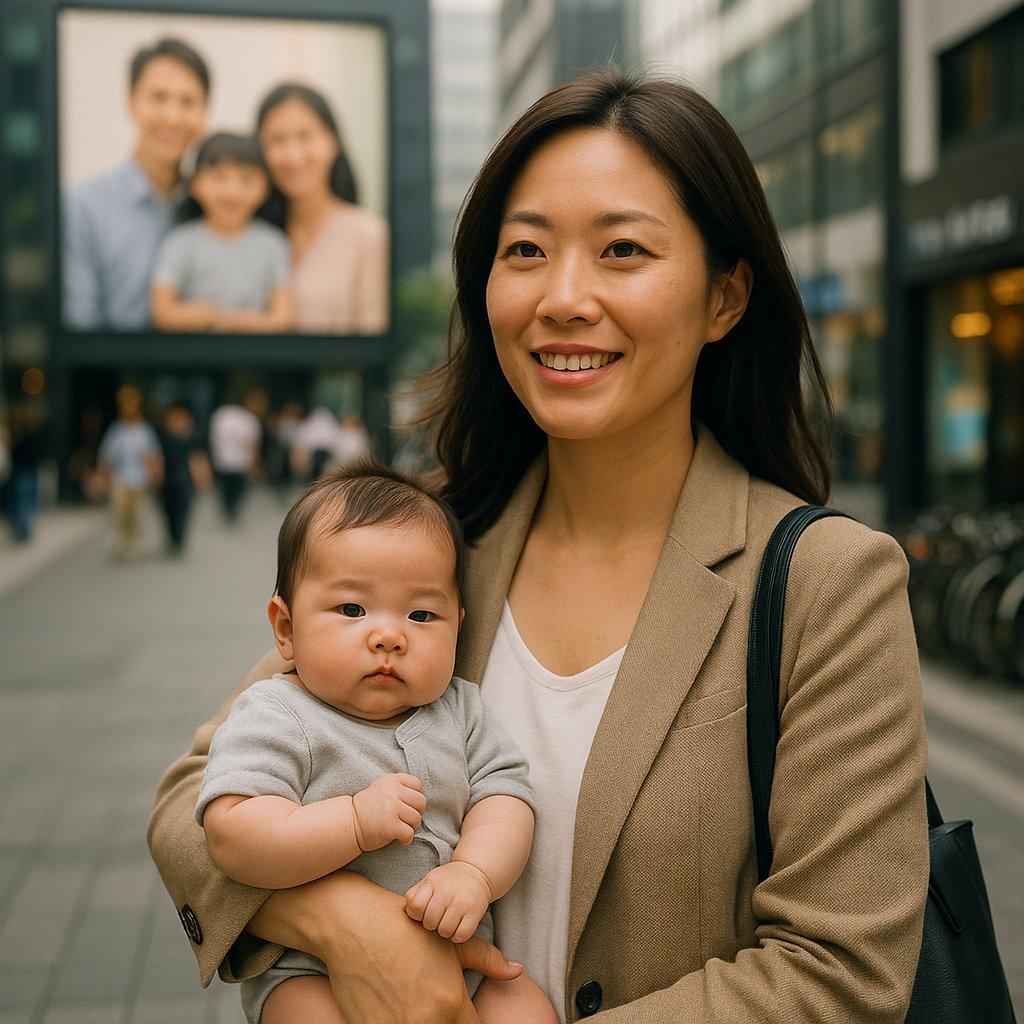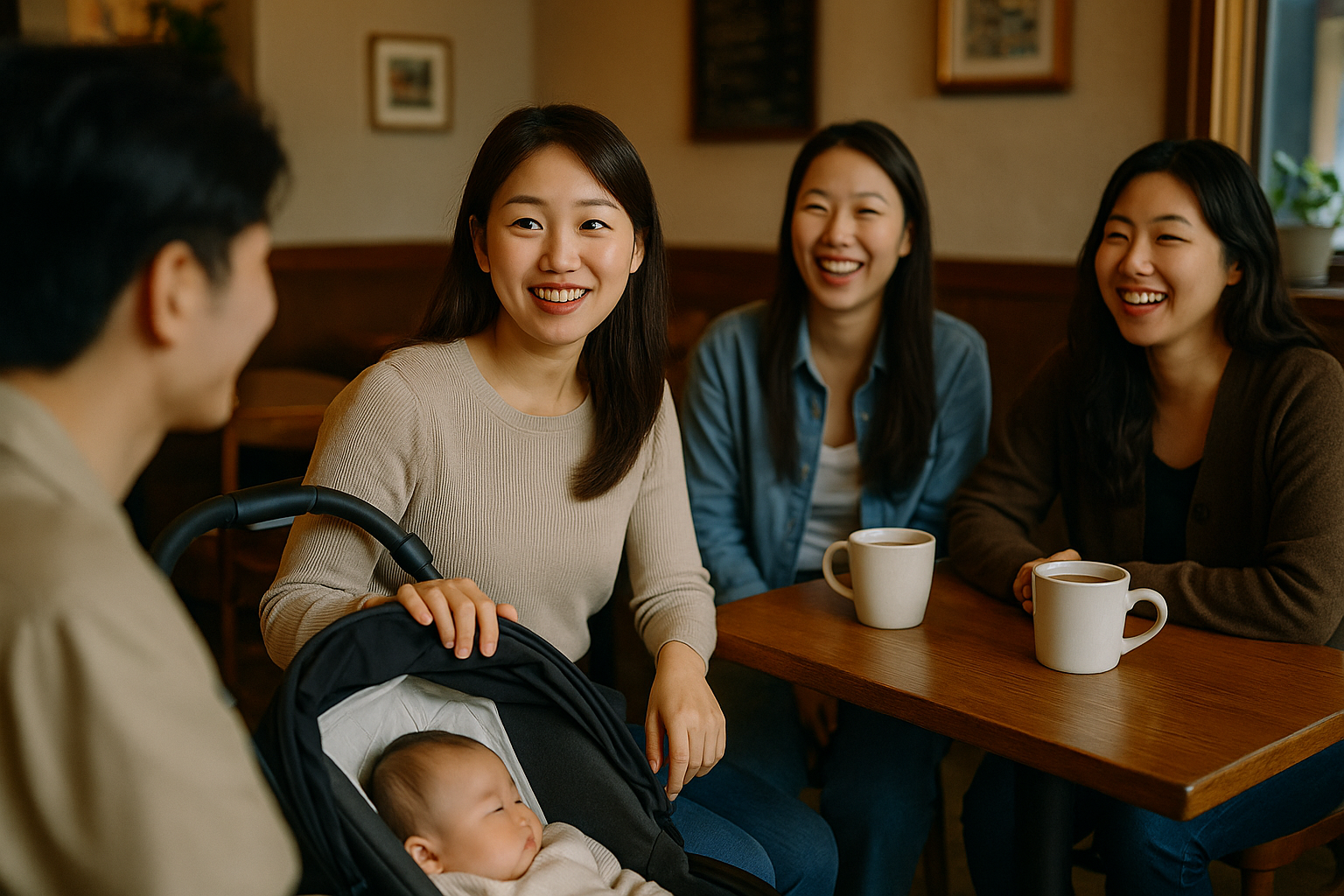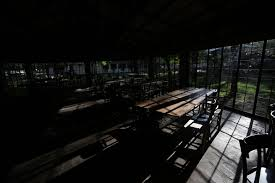| 최초 작성일 : 2025-09-05 | 수정일 : 2025-09-05 | 조회수 : 30 |

“Nonmarital Birth Acceptance Rising Rapidly in Korea” — TIME, Aug. 29, 2025 “South Korea’s Fertility Rate Remains the World’s Lowest” — BBC, Aug. 18, 2025 “Changing Families, Changing Society: The Challenge of Demographic Decline” — The Economist, July 30, 2025 ------------------------- South Korea has long been recognized as the country with the world’s lowest fertility rate. For years, the discourse focused almost exclusively on “how to increase the birthrate.” Yet a new phenomenon has entered the debate: the growing acceptance of nonmarital childbirth. According to TIME, more Koreans—particularly among the younger generation—now say they would accept childbirth outside marriage, an idea once considered socially taboo. This trend raises profound questions: Is Korea moving toward a new family paradigm? Or is this simply a statistical mirage that does not reflect reality on the ground? The issue is not merely about individual lifestyle choices but about the survival of the nation, the transformation of its social fabric, and the redefinition of what counts as “family.” Whereas the media tends to highlight only survey numbers, a deeper analysis requires theoretical frameworks to understand what is truly at stake. Is Korean society ready to embrace “families without fathers”? What does the rise in acceptance tell us about generational values, structural risks, and the meaning of community in a risk society?
To analyze Korea’s demographic and cultural shifts, three sociological theories provide critical insights. ① Functionalism Functionalist theory views family as the primary institution of socialization and social stability. The nuclear family—composed of a father, mother, and children—has traditionally been understood as essential for transmitting values, maintaining social cohesion, and sustaining social order. From this perspective, any erosion of the traditional family risks undermining the stability of the entire society. ② Value Change Theory (Inglehart) Ronald Inglehart’s theory of post-materialist value change emphasizes that as societies develop economically, values shift from survival-oriented priorities to self-expression and autonomy. In this light, young Koreans who increasingly prioritize personal freedom over traditional marriage are not deviating from social norms but embodying a broader global trend toward individual choice. ③ Risk Society Theory (Ulrich Beck) Beck’s risk society framework highlights how modernization generates new insecurities. In the past, marriage was seen as stability; today, insecure employment, high housing costs, and unequal gender burdens turn marriage itself into a “risk.” Thus, rejecting marriage while still choosing childbirth can be interpreted as a rational adaptation to systemic insecurities rather than a mere cultural rebellion. ④ Environmental Note: Justice and Inequality Although primarily applied to environmental studies, the principle of “justice” extends here as well: structural burdens of low fertility and family decline disproportionately affect women and socially vulnerable groups. Taken together, these theories illuminate the structural, cultural, and generational dynamics underlying Korea’s shifting attitudes toward family and childbirth.
TIME and BBC reports suggest that Koreans are becoming more open to nonmarital childbrth. On the surface, this appears to indicate a progressive social transformation. Yet within Korea, significant anxieties remain. The most common concern is this: “Will children raised without fathers suffer in comparison to their peers?” Parents worry about psychological scars, social stigma, and identity crises. Schools may amplify this anxiety, as children compare their families to those of their classmates. In a society where the nuclear family has long been considered “normal,” absence of a father may easily be interpreted as a deficiency. Here the contrast with Northern Europe is instructive. In Sweden, Norway, and France, nonmarital births account for over 50% of all childbirths. Yet children from such families face no systemic disadvantage. Why? Because the state and society ensure equal access to welfare, education, and recognition. Family diversity is normalized, and “absence of a father” is not equated with lack. The difference lies not in biology but in institutions and culture. In Korea, however, survey numbers may overstate acceptance. Many Koreans say, “It’s fine if others have nonmarital births,” but privately feel uneasy if their own children or relatives make such choices. This reveals a gap between abstract approval and practical acceptance. Thus, the rising percentages reflect potential cultural shifts, but not yet social consensus. From a theoretical perspective: - Functionalism warns that family decline may erode socialization and stability. - Value Change Theory explains younger generations’ emphasis on self-expression, leading them to separate childbirth from marriage. - Risk Society Theory interprets nonmarital childbirth as a rational adaptation to systemic insecurity. The three perspectives converge on one point: Korea stands at a crossroads between the collapse of traditional family norms and the search for new forms of community.

The central question is this: “Is Korean society truly ready to accept nonmarital childbirth as part of its communal reality?” - Policy Dimension: The state must guarantee equal welfare and education support regardless of family structure. Without this, the stigma of “fatherless families” will persist, deepening inequality. - Cultural Dimension: Korean culture must move beyond equating nonmarital families with deficiency. Schools, media, and civil society should promote the legitimacy of diverse family forms. - Statistical Caution: Acceptance rates in surveys must not be mistaken for full cultural consensus. Numbers can mask underlying resistance. Policies should therefore anticipate hidden anxieties rather than celebrate premature victories. - International Perspective: Korea can learn from Nordic experiences where institutional and cultural reforms transformed nonmarital childbirth from “problem” into “norm.” Unless both institutional reforms and cultural shifts occur simultaneously, the current acceptance rates risk becoming empty figures that do not translate into lived reality.
5. Epilogue The rise of nonmarital childbirth in Korea is more than a demographic footnote. It is a mirror reflecting the nation’s identity crisis. Are we witnessing the erosion of family, or the emergence of new communities? News reports present numbers and trends, but theory allows us to see the deeper stakes. Functionalism shows us what is at risk when traditional families erode. Value Change Theory explains why younger Koreans pursue autonomy. Risk Society Theory highlights systemic insecurities that make marriage itself a burden. Ultimately, the issue is not about whether children are born within or outside marriage. It is about whether society is prepared to create an environment where every child, regardless of family form, can thrive without stigma. Thus the question is not: “Will Korea accept nonmarital childbirth?” but rather: “What kind of community will Korea build in response to this transformation?” The answer will determine whether Korea’s demographic crisis becomes a spiral of decline—or a catalyst for renewal.














